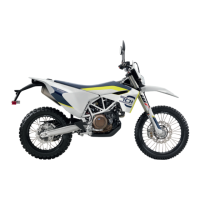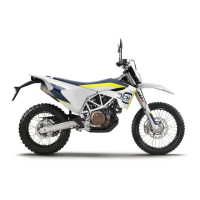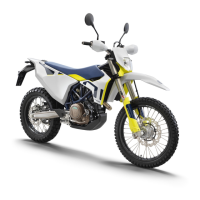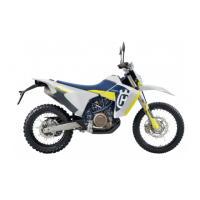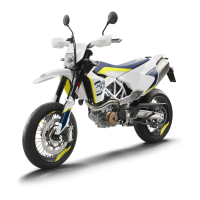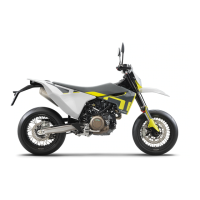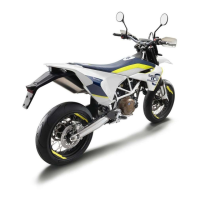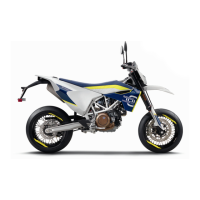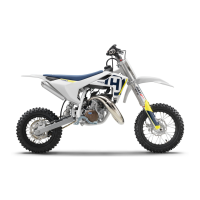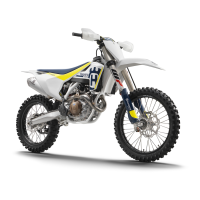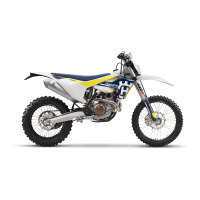What to do if my Husqvarna Motorcycle engine does not turn when the starter button is pressed?
- DDonald MartinJul 29, 2025
If your Husqvarna Motorcycle engine fails to turn when you press the starter, several factors could be at play. It might be an operating error, so ensure you're following the correct start procedure. The battery could be discharged, requiring a recharge and check of the open-circuit current. Also, check fuses 1, 2, or 3, or the main fuse, and replace them if they're blown. Finally, verify the ground connection.
